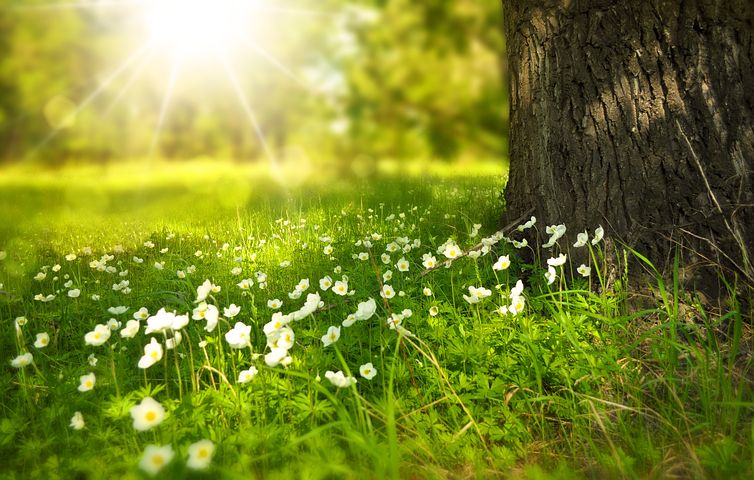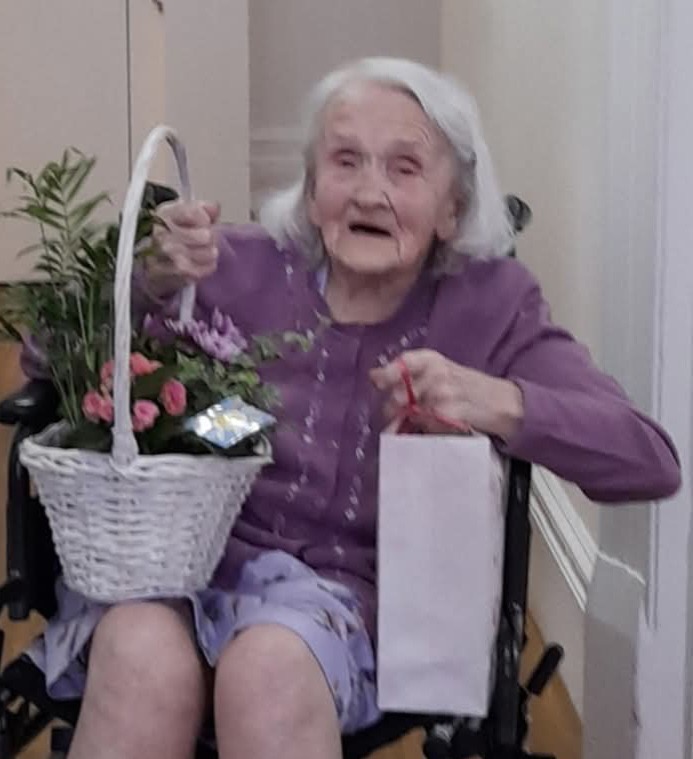By Clara Hickman:
Stay home. Protect the NHS. Save Lives.
This was the governments’ slogan as the UK went into its first national lockdown a year ago. As people were told to stay inside, the lockdown is thought to have been the best time in years for wildflowers and declining species like the bee according to Britains leading conservation charity, Plantlife.
Reports show a 97% loss of Britains’ natural meadowlands in the last century due to intensive farming and the conversion of natural lands for housing estates. These are the habitats of many native wildflowers which a lot of different speciesdepend on for food. The demise of natural meadowlands has contributed to the decline of many species of wildlife.
As the UK entered its first lockdown, human movement ceased, many were put on furlough and Britain saw many councils leaving roadside verges uncut. Plantlife reports thatover 700 species of wildflower (45% of our total flora) grow on roadside verges. Lockdown saw native flowers no longer having to compete with mowers cutting too frequently at the wrong time of year and stunting their growth. Instead, it gave them the opportunity to flourish.
The white campion and ox-eye daisy were among the manynative wildflowers springing up on verges being given the best chance in many years to prosper and provide “nourishment for a myriad of species,” says Ark Wildlife, a company of wildlife lovers dedicated to providing the best habitats and natural foods for wildlife.
Lockdown has shown what can happen to native wildflowers when there is no human disturbance.
It was not only in England where they were suddenly thriving. Buglife Cymru conservation officer, Liam Olds said “lockdown has demonstrated that given the opportunity, many of our road verges are flower-rich and have the potential to help address the current pollinator crisis.”
Naturalisation of non-native flowers are also a large contributor to the decline of food and habitats that native onesprovide. Non-native flowers may be introduced accidentally or deliberately by human action to a particular area which is foreign to them. They will then adapt to that area and continue to spread, leaving sparse room for the native flowers to grow in their natural space. Birds can unintentionally get non-native seeds stuck to their feet which then fall off in to the habitats of native wildflowers, invading their space where they grow naturally and contributing to the loss of habitat and nourishment of many wildlife species.
Human disturbance has severely impacted the environment, leading to a decline of biodiversity and contributing towards the third of British wild-bees and hoverflies now in decline which was reported in a recent study.
The lockdowns, necessary to try and curb the spread of Coronavirus have been eye-opening for the environment and what it could look like with more human care.
Plantlife road verge campaign manager, Kate Petty said “the extraordinary short-term consequences of the pandemic could help shift opinion and policies with long-term benefits for threatened species.”
It would be nice to see opinions shifted in whatever small way.
Non-native flowers are an important asset that some wildlife will feed from but native flowers are just as important to help preserve our wildlife.
If you decide you want to try and plant some native wildflowers, there is the risk that some packets of seeds bought may not actually naturally occur in Britain.
There are other easy ways to grow them and make your garden the perfect mix of native and non-native flowers, friendly to all species of wildlife.
You could let some of your grass grow longer for a while. Long grass is a habitat for many of the insect population and it will give native flowers a chance to grow.
While out walking, you can collect native wildflower seeds as long as it is only from “common species” says the Wildflower Society. Take a small coin bag or something similar with you and if you see a myriad of a particular native wildflower growing, for example, more than fifty, there is no harm in collecting a few seeds sparingly.
It is not just about wildflowers.
You could take the simple steps of making a rockery orwoodpile in your garden which will attract a diverse range of wildlife from insects to small mammals to birds that will find nourishment there.
Drilling a few different sized holes in any spare wood in your garden will mean you will have created a refuge for the beeand be helping the species survive.
Weeding will always be done to make your garden look neat and tidy but there is no harm in leaving a few weeds as these are a great source of food for moths, butterflies and many other insects.
A little goes a long way.




